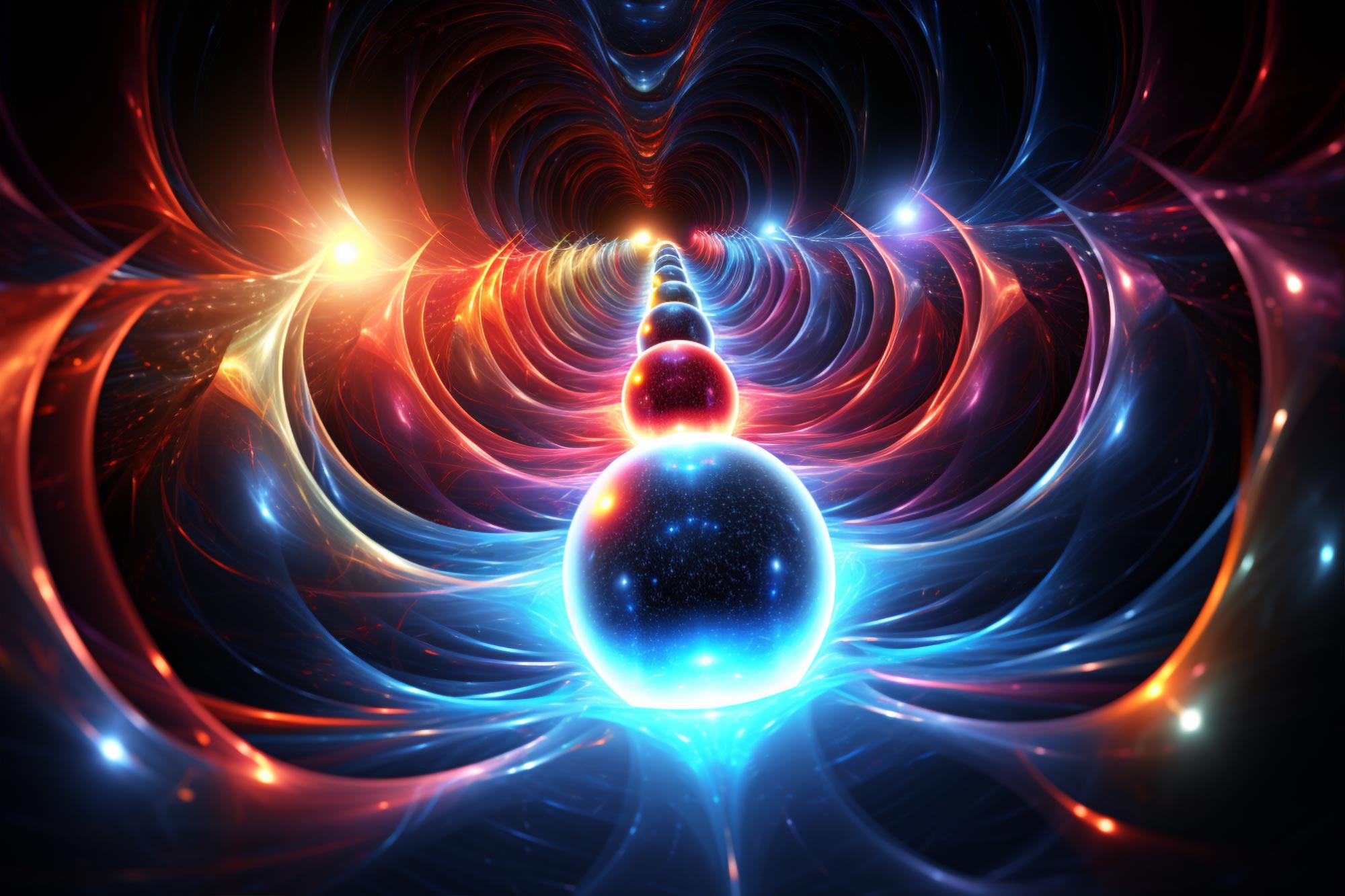
Munshi G. Mustafa, in his recent publication in EPJ ST, introduces thermal field theory, an essential subset of quantum field theory that focuses on phenomena occurring at non-zero temperatures. This theory combines statistical mechanics with conventional quantum field theory and simplifies the examination of many-body systems. It is vital for understanding high-energy heavy-ion collisions, phase transitions in condensed matter physics, and early universe evolution.
Thermal field theory seeks to explain many-body dynamics at non-zero temperatures not considered in conventional quantum field theory.
The thermal field theory, as presented by Munshi G. Mustafa, bridges statistical mechanics and quantum field theory, simplifying the analysis of many-body systems and enhancing the understanding of high-energy collisions and early universe evolution.
Quantum field theory is a framework used by physicists to describe a wide range of phenomena in particle physics and is an effective tool to deal with complicated many-body problems or interacting systems.
Conventional quantum field theory describes systems and interactions at zero temperature and zero chemical potential, and interactions in the real world certainly do occur at non-zero temperatures. That means scientists are keen to discover what effects may arise as a result of non-zero temperature and what new phenomena could arise due to a thermal background. In order to understand this, physicists turn to a recipe for quantum field theory in a thermal background — thermal field theory.
A many-body process at zero temperature which becomes much more complicated when temperature is a factor. Credit: Robert Lea
In a new paper published in The European Physical Journal Special Topics (EPJ ST), Munshi G. Mustafa, Senior Professor at the Saha Institute of Nuclear Physics, Kolkata, India, introduces a thermal field theory in a simple way weaving together the details of its mathematical framework and its application.
“The goal of thermal field theory is to describe a large ensemble of multiple interacting particles, including gauge interactions, in a thermal environment,” Mustafa says. “It also describes the creation and annihilation of new processes in a thermal system that are not present in vacuum or conventional field theory. Thermal field theory is a useful tool by which a complicated many-body system can be addressed only through the thermal averaged properties observed over a long period of time.”
Mustafa explains that thermal field theory brings together the well-established realm of statistical mechanics supplemented with conventional quantum field theory to make problems manageable and allow observable characteristics to be expressed in terms of temperature and chemical potential.
“For a better understanding of the matter produced in high energy heavy-ion collisions at the Large Hadron Collider (LHC) and in future experiments, one needs the prescription of thermal field theory in particle and nuclear physics. It is also required for a better understanding of phase transition in condensed matter physics and the evolution of the universe at early times,” Mustafa concludes. “This pedagogical review will serve as a primer to those who are interested to learn thermal field theory from the basics.”
Reference: “An introduction to thermal field theory and some of its application” by Munshi G. Mustafa, 24 July 2023, The European Physical Journal Special Topics.
DOI: 10.1140/epjs/s11734-023-00868-8
>>> Read full article>>>
Copyright for syndicated content belongs to the linked Source : SciTechDaily – https://scitechdaily.com/igniting-new-insights-the-thermal-shift-in-quantum-field-theory/